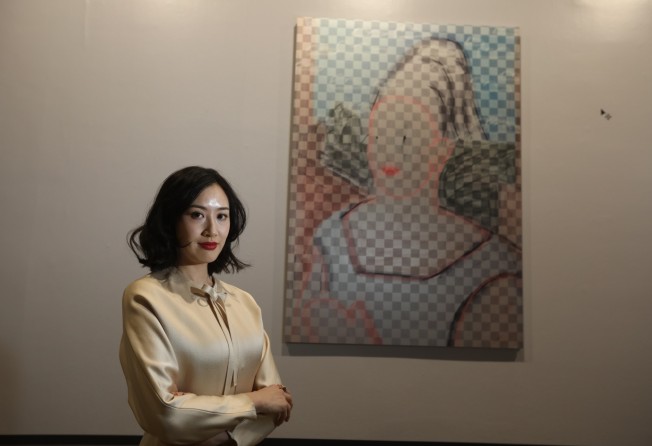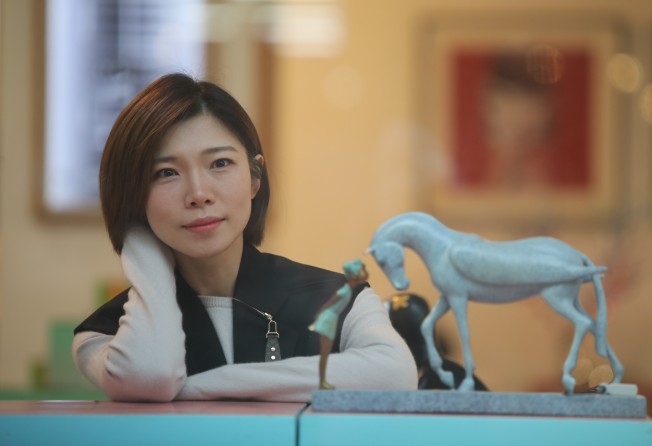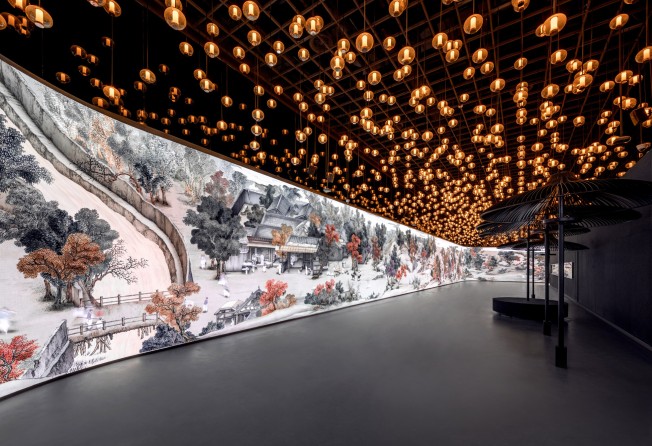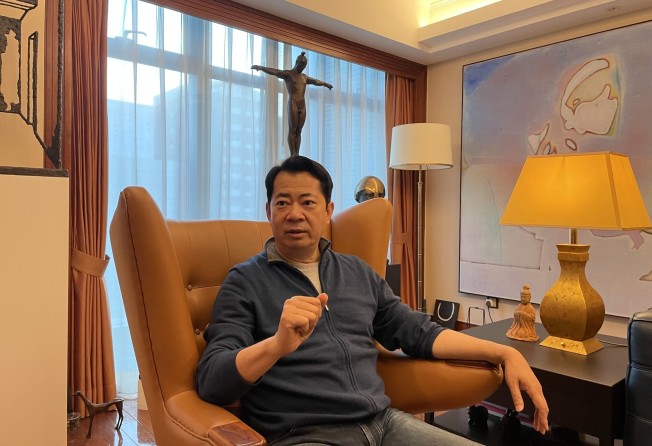
How China’s private art museums are seeking patrons to survive, and the wealthy art lovers paying big money for exclusive perks
- Private museums in China built by property developers in return for tax breaks and other benefits are feeling the effect of the country’s real estate crisis
- One art collector says the nearly US$16,000 she pays a year to be a patron of Beijing’s Today Art Museum is good value for what she gets out of it

For Wang Lin, an avid art collector in Beijing who boasts works by artists such as Zao Wou-Ki and Yoshitomo Nara, paying 100,000 yuan (US$15,800) a year to be a patron of the city’s Today Art Museum – which bestows privileges such as gala dinners and private tours to other institutions – is well worth it.
The former Goldman Sachs banker, now a partner of boutique investment bank and asset management company Spring Partners, has a deep interest in art, and studies Chinese art history in her spare time.
“We went to a Shanghai art fair last year. I ran into many friends in the financial world there. I want more exposure [to the art world],” says Wang, who was the first patron to back Today’s new fundraising scheme launched in November 2021.
Amid a Chinese economy battered by the Covid-19 pandemic, private museums are increasingly courting private individuals like Wang to boost their income and help strengthen their governance. According to government figures, there were 1,860 privately held museums in China in 2021.

The first wave of private art museums in China appeared in the late 1990s when property developers were encouraged to set up non-profit art spaces as part of new residential projects in return for tax breaks and discounted land premiums.
These included Upriver Gallery in Chengdu, Dongyu Museum of Fine Arts in Shenyang, and Taida Art Gallery in Tianjin, which all lasted only a short time before initial capital ran out.
Many later arrivals were also built by developers and some have lasted many years, such as the still-very-active Shanghai Himalayas Museum, which was set up in 2005 by Shanghai Zendai Property.
There seems to be little slowing down in China’s museum-building efforts. In May 2021, China’s vice-minister of culture and tourism, Li Qun, said in a speech that a new museum, either publicly or privately owned, was opening every other day.
But new questions are being raised about how private museums are funded, given the current deep crisis in China’s debt-laden property sector. Meanwhile, a recent court case in the US saw Michael Xufu Huang, one of China’s highest-profile private museum owners, accused of using his private museum as a front to speculate on the art market – accusations he denies.
Today Art Museum was set up in 2002 as part of a real estate project in Beijing by the Antaeus Group and became the first museum in China to be afforded the status of private non-profit museum in 2006. It doesn’t have to pay any rent, but museum director Jessica Zhang says it has always been a challenge to run a self-financed museum in China.
“Museums in the West have endowment funds which make up a very important part of their operating costs. They also have very mature patronage systems,” she says.

Zhang’s museum is experimenting with a two-tier patronage system, with the second tier obliging patrons to pay 50,000 yuan per year. It aims to recruit a total of 60 patrons.
“Last year, our ticketing sales, and brand and corporate sponsorship, reached unprecedented levels, with ticketing income even eclipsing sponsorship due to [successful] shows like the ‘Hayao Miyazaki & Ghibli World’ attracting 350,000 visitors last year. We are very happy about that. [But] we are still exploring other fundraising channels,” she says.
We have joined arts tours to Xinjiang and Hangzhou. You can’t arrange those trips on your own [without connections]
Deji Art Museum in Nanjing, in the high-end shopping mall Deji Plaza, was set up by Deji Properties in 2017. Its director Ai Lin says that while Deji gave them significant financial support in establishing the museum, its financial input is not unlimited. The museum follows a strategy of investing in staging better shows to boost visitor attendance.
“[Deji] want us to attain the goal of breaking even in phases. We spent over 100 million yuan renovating the museum and staging a digital art show about Jinling [an old name for Nanjing] to celebrate its reopening last year. Just the digital show cost 70 million yuan to stage, with many hi-tech elements,” she says.
The museum also recently launched a yearly membership scheme. “A member can bring a visitor for free each visit. We want more people to have the chance to know about art,” she says.

Wealthy art lovers seem to be lapping up such programmes. Guan Dongyuan, senior vice-president of Brazilian multinational aerospace manufacturer Embraer, became a patron of M Woods, a private art museum in Beijing, in 2021. He says he enjoys being among the other patrons, who are mostly younger people.
“To be eligible to join, we have to be recommended by other patrons. We have to be real art lovers who can contribute to the museum’s growth,” he says.
“We have joined arts tours to Xinjiang and Hangzhou. You can’t arrange those trips on your own [without connections].”

Wang says patrons can use their business sense and networks to help the museums boost income channels and increase their influence in society.
“I have talked with [Today’s director] on how to communicate better with young people through art,” she says.
“I met with M+ people once,” she adds, referring to Hong Kong’s new museum of visual culture. “I am considering becoming their patron too.”